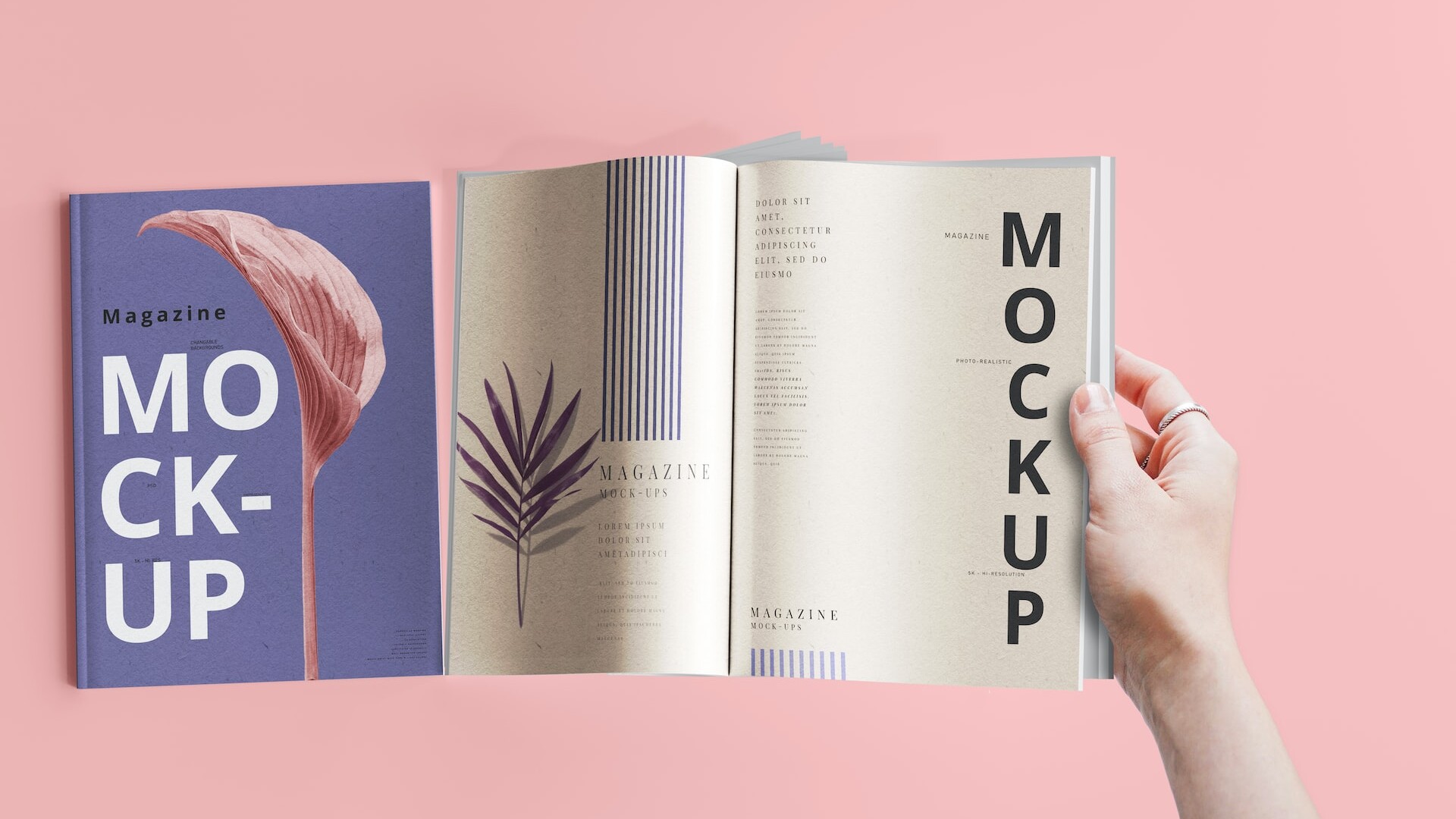Be Noticeable: Marketing Your Web Design
Amazingly, web design and development has rapidly progressed and evolved from its origins in the late 1980s. As new technology, trends and features pop up, designers and creative developers are forced to think on their feet and come up with new ways to structure their website design.
When updating web design, there are a few aspects that one should focus on:
Making the site clean yet attractive. While your website must draw in new customers and retain current ones with engaging, colorful graphics, you must also ensure that your design is clean and focused*. Your users are interacting with your website to glean information and absorb relevant content – if the design is too busy and distracting, users will leave the experience with little knowledge of what your company can provide for them.
Developing a strong brand voice and presence is crucial in your website design. Write with a personal touch and a human voice. Communicate with your users, asking for feedback and responding thoughtfully, showing that the founder-consumer interaction is appreciated and valued.
Of course, infusing responsive web design and impeccable UX/UI design is crucial in the creative process, as many designers are now aware of the impact a great user experience has on future site traffic. In the past, websites were launched with the simple thought to generate leads or amplify SEO – now, more than ever, brands are creating relevant content on their sites and mobile designs, building a more meaningful user experience.
As you launch your brand design process, design with your entire media channel in mind. It must be in context for media, so that your site and its content can be easily shared to others, expanding your reach. Structuring your website so that it is marketable and fosters an emotional connection that will increase.

How can you make your website more marketable? Here are a few things to keep in mind:
- Content, content, content. Make sure every page you build has meaningful, compelling content on it – taking care not to sacrifice quality for quantity.
- Each page should have an internal link – adding external links can help, but should only be included if they will increase site comprehension.
- Maintaining a consistent theme will increase cognitive familiarity – users are drawn to what they already know and have experienced, and designers are given a wonderful opportunity to connect this way.
- Is your website of use to your intended market? Will people be intrigued by what your brand has to say? Do any articles provide interesting and wanted content?
At the end of it all, look at your web page and ask yourself if you would want to share it with others, passing it on or providing a recommendation. When a website is produced with great care and attention to detail, users notice and respond.



